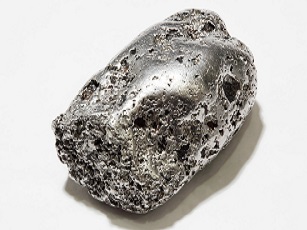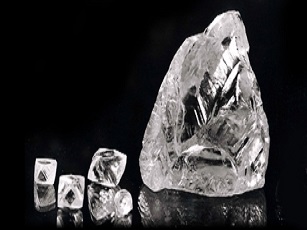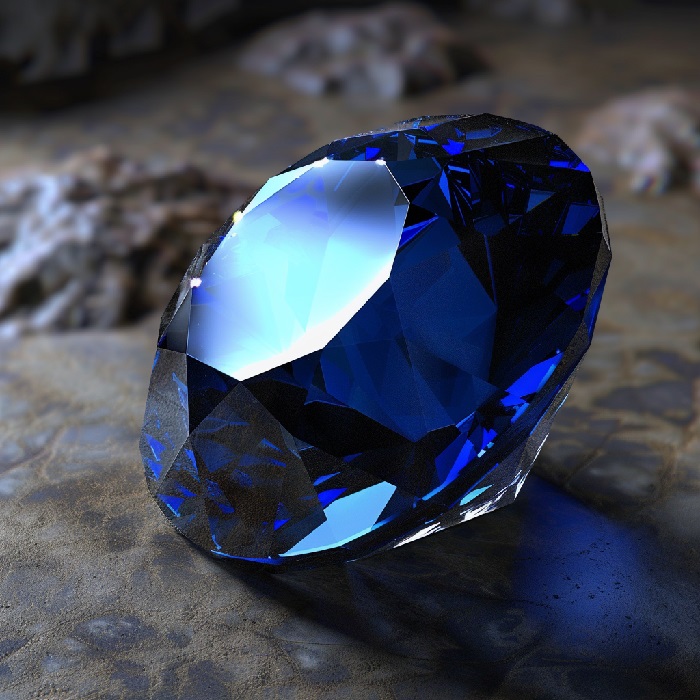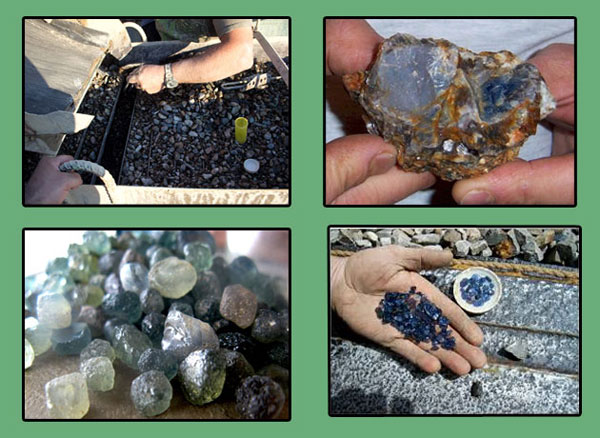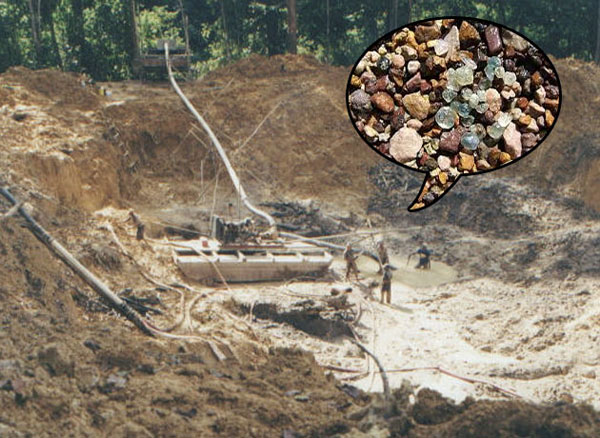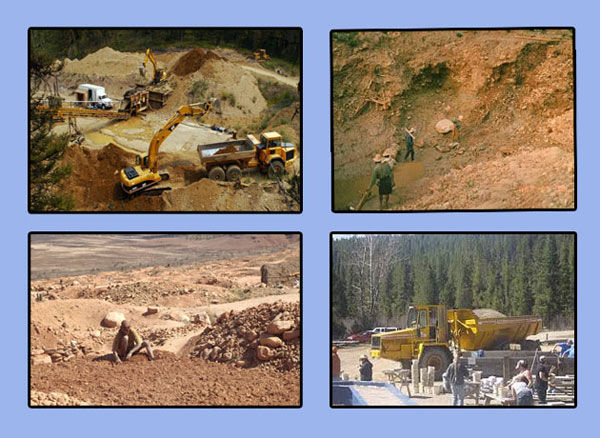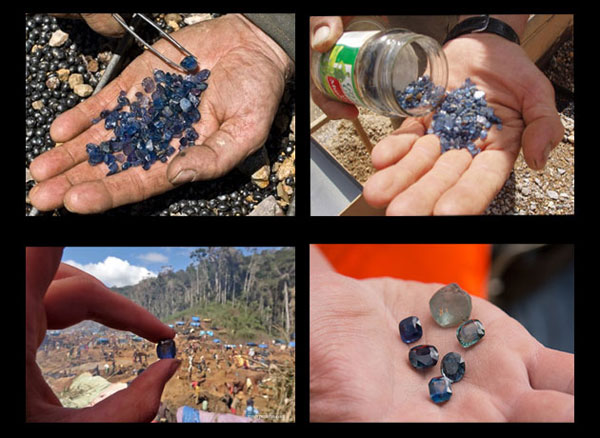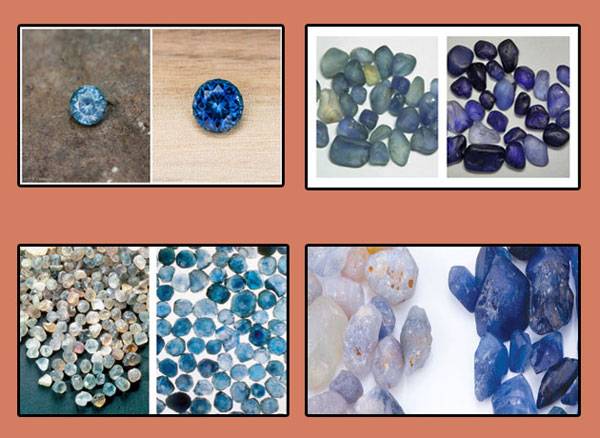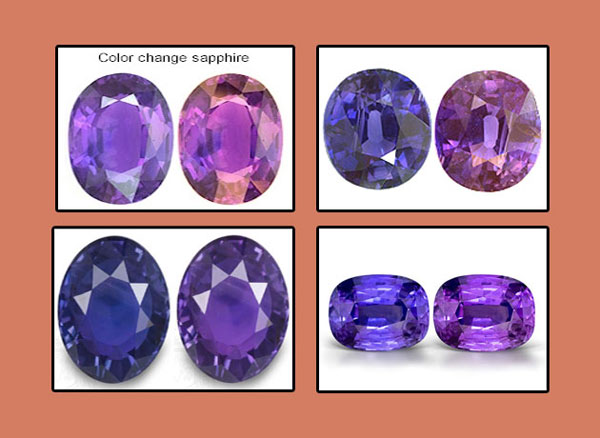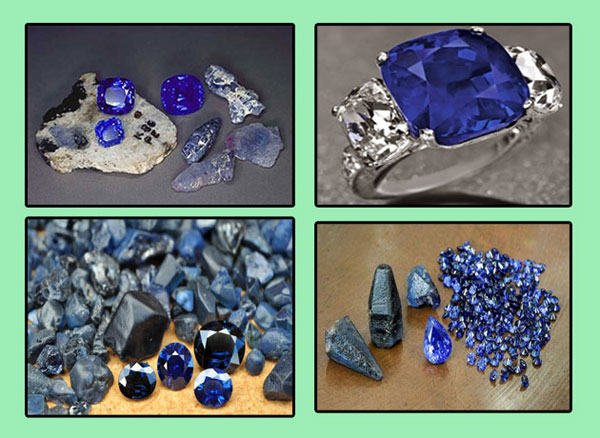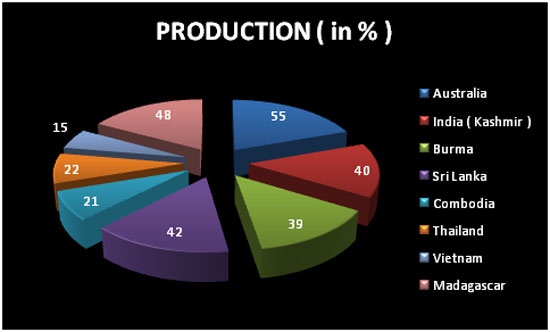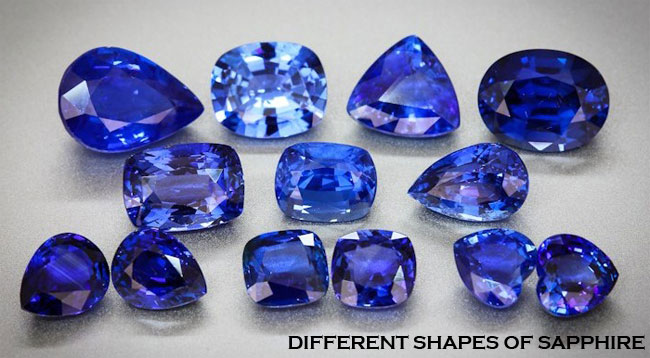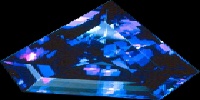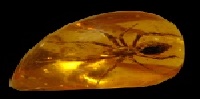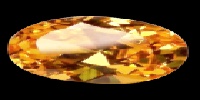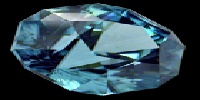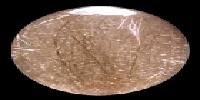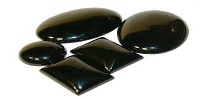SAPPHIRE MINING
DESCRIPTION :
Sapphire is the most precious and valuable blue gemstone. It is highly desirable due to its exceptional color, hardness, durability, and luster. In the gem trade, "Sapphire" without any color prefix specifically denotes the blue variety of the mineral Corundum. However, the term "Sapphire" also encompasses all other gem varieties and colors of Corundum, except Ruby.
* SAPPHIRE - ORIGIN AND SOURCES
HOW DO SAPPHIRES FORM ?
Sapphire is the name given to the mineral corundum when it exhibits a blue color. Minerals are composed of atoms of specific elements arranged in particular structures. Corundum consists of aluminum and oxygen, and it can appear blue when titanium is incorporated into its atomic structure. Therefore, sapphire forms in coarse-grained igneous rocks that lack silica. Coarse-grained igneous rocks are created when molten rock cools slowly beneath the Earth's surface. This slow cooling process allows large crystals of minerals to develop, with larger sapphires forming as the magma cools more slowly.
Sapphires are created through geological processes involving shifts, mixtures, and chemical transformations within the Earth. They can be found in both metamorphic and igneous rocks, including granite, schist, gneiss, nepheline syenite, and various others. Sapphires may also occur in alluvial deposits. Naturally formed sapphires exhibit a hexagonal shape and are known as corundum. Due to their exceptional hardness, sapphires are highly prized.
ARTIFICIAL SAPPHIRES :
With advances in science and technology, methods have been developed for artificially growing sapphire crystals. The original process was discovered in 1902, involving the addition of alumina powder to an oxyhydrogen flame directed downward. Various chemicals can be introduced during this process to create sapphires with different colors. Since the early 1900s, additional processes have been discovered. However, it is these artificial sapphires that have expanded the stone's use for technological purposes, such as in glass panes and as focusing devices in lasers.
HOW SAPPHIRES ARE MINED ?
Today, there are three main methods used for sapphire mining. Open mines or shallow pit mines are common in countries like Sri Lanka and Madagascar. Larger commercial mines are found in countries such as Australia and Thailand, where extensive deposits of corundum (sapphires) exist, both in gem quality and commercial grade. These mines can be vast in size and depth.
Unfortunately, one of the most destructive forms of mining used today in South America and some countries in Africa is high water pressure mining. This method strips away topsoil followed by gem-bearing rocks and gravel beds, leaving the land barren and desolate. While it can yield high quantities of rough gemstones, it permanently destroys the land and is considered the most environmentally damaging form of mining.
Sapphires are of volcanic origin and are found in alluvial deposits, often up to 20 meters below the surface. Over time, sapphires and other heavy minerals were transported and deposited in layers, becoming concentrated in particular channels known as 'runs'.
MINING PROCESS OF SAPPHIRE :
The most important sources of sapphire are Burma, Kashmir, Sri Lanka, Madagascar, Thailand, and Australia. Queensland in northeast Australia is a major sapphire source. Sapphire fields in Queensland employ various mining methods depending on depth and the hardness of surrounding materials. Surface and shallow wash deposits may be mined using simple hand methods, while deeper ground requires shaft digging. Some fields utilize large-scale open-cut mining lease operations with heavy earth excavation equipment.
Processing methods for collected sapphires vary based on the surrounding material. Processing may range from rudimentary hand sieving and cleaning to sophisticated mechanized techniques. In a typical shaft mining operation, mine walls are initially loosened with a jackhammer. Material is then transported via wheelbarrow to a drum at the shaft's base. Once filled, the drum is hoisted by a motorized winch called an "up and over" and taken to sapphire processing machinery.
The sapphire-bearing wash is conveyed into a rotating trommel with layers of fine and coarse mesh. This separates fine sand, which is discarded, from larger rocks (overburden). Large rocks undergo a quick check for potential large sapphires before being set aside.
Medium-sized wash drops into a pulsator with eight trays and running water. Heavy sapphires remain in place while lighter rocks move along and are eventually removed to waste piles.
At the end of the process, the "sapphire trap" is sorted to find heavy sapphires and zircon. The best stones are selected for cutting into gems.
SAPPHIRE TREATMENT :
* Cutting and Polishing :
The cut and polish of a sapphire, or any gemstone, are extremely important. Sapphires are unique in that they offer an almost unlimited choice of cuts.
Many gemstones are limited in their cutting options depending on their natural structure. Sapphire crystals naturally form in a hexagonal shape. This not only allows for a wider variety of cuts but also partly explains why these beautiful gemstones are so durable. The polish of a sapphire is equally crucial. Historically, the polishing of sapphires has often been subpar.
* Heat Treatment :
Heat treatment is an integral part of the sapphire trade. In fact, the practice is so widespread that sapphires not indicated to have been heat treated are often questioned. The use of heat treatment has enabled many lower-quality sapphires to be sold for higher prices than would otherwise be possible.
Many New England sapphires possess a characteristic trait that decreases their value: needle-like rutile (TiO2) precipitates, commonly known as silk.
Heat treatment involves two aspects of enhancement: color modification and clarity improvement. Both can be improved simultaneously through high-temperature (~1600°C) reduction. The blue color can be intensified and homogenized by reducing Fe3+, facilitating the solution of Ti4+ and associated charge-transfer processes. Clarity is enhanced by reducing TiO2 to Ti2O3, which is more soluble in the Al2O3 lattice. The relevant reaction is:
SAPPHIRE - ORIGIN AND SOURCES :
Sapphire is found in only a few locations around the world. The three most famous regions for blue sapphire are Kashmir, Burma, and Sri Lanka. Sapphire has also been mined in Cambodia, Thailand, Vietnam, and India. Since 2007, Madagascar has been the world leader in sapphire production, although Sri Lanka remains the primary producer of fine-quality blue sapphire. Sri Lanka and Madagascar produce sapphires in a wide range of colors. While Sri Lanka has been a known source of sapphires for centuries, deposits in Madagascar were only discovered in 1998. Today, Madagascar and Tanzania are considered two of the most important sources of sapphires. Australia is also known for significant sapphire deposits, although most Australian sapphires tend to be dark in color. In the USA, small sapphire deposits are found throughout Montana and North Carolina.
The finest quality blue sapphire comes from Kashmir and Mogok, Burma. The best Kashmiri and Burmese sapphires exhibit superb color and clarity without any thermal (heat) treatment. Some Sri Lankan (Ceylonese) sapphires are also unheated, but nowadays, the majority of sapphires have undergone heating, diffusion, or fracture-filling to enhance color and clarity, regardless of their origin. The rare, fine blue sapphires from Pailin, Cambodia, were also highly valued by gem traders worldwide. Pailin sapphires ranged in color from light to deep blue, with a distinctive purity and intensity of color unmatched by other sources.
Nearly all sapphires from around the world are cut and processed in Chanthaburi, Thailand. Alongside Kanchanaburi and Trat, Chanthaburi was historically a major source of Thai sapphires. There is also a significant market for Thai star sapphires, which display unique golden six-rayed stars. The golden black star sapphire, found exclusively in Thailand, is unparalleled elsewhere in the world. Today, Chanthaburi, Thailand has become the primary processing and trading center for nearly all of the world's sapphires, rubies, and other colored gemstones.
PRODUCTIONAL STATISTICS :
USES :
A symbol of integrity, effective for efficiently resolving legal matters.
Sapphires are effective for channeling healing powers from a higher source to healers.
A stone of love, fidelity, and commitment, commonly used in engagement rings.
Used as a professional support stone, keeping the mind stimulated for executives and writers; promoting awareness of higher principles for historians and researchers; and supporting good judgment for lawyers and journalists.
A symbol of wise and honest leadership.
Sapphires have been used for centuries, primarily to enhance mental acuity and promote good health.
WHAT IS SAPPHIRE?
Sapphire, derived from the Greek term "sappheiros," literally means blue. Sapphire is a gemstone with physical and chemical properties identical to ruby. It crystallizes with two pyramidal faces in the hexagonal system and is partially stronger and harder than ruby. Interestingly, all corundums that are not rubies are categorized as sapphires, indicating that this particular gem is available in many colors such as blue, green, pink, mauve, white, grey, violet, yellow, and orange.
WHERE DO THEY FORM?
Sapphires form in feldspathoid-bearing igneous rocks lacking in silica. They can also form in recrystallized minerals and high-grade metamorphic rocks that are silica-poor and rich in aluminum. This includes marbles and mica schists.
COMPOSITION OF SAPPHIRE:
- Chemical Composition : AL2O3 + Fe
- Hardness : It is considered "9" on the Mohs' scale of
- Refractive Index : 1.762-1.77
- Pleochroism : Strong dichroism
- Density Around : 4
- Birefringence : 0.008
- O-isotope composition : between 4.4 and 13.9%
PHYSICAL PROPERTIES :
Color:
There is dissimilarity in cost among sapphires which depends on the color quality, carat size, shine and brilliance. Despite the fact that the most accepted color is blue and pink the preference of color is an individual choice and with sapphire you can discover them in a lot of colors.
Cut:
The most excellent sapphire cuts proffer a depth/width ratio superior than similar diamond cuts. Expect a deepness percentage of 65% to 80% for high-quality. Deep-cut stones as well conserve weight, raising the price of the stone with no predictable raise in the dimension of the circlet.
Clarity:
Blue sapphires have a tendency to have additional insertion than a good number of fancy color sapphires. Gemologists use the expression "inclusion" to describe uniqueness establish within a stone. Inclusion is frequently used as a sign that the gemstone is of natural origin.
Carat:
Gemstones differ in thickness, so a sapphire and a diamond of the similar carat weight are visually diverse dimensions. As sapphires are likely to be heavier, a one carat sapphire is in general to some extent lesser in size than that of a one carat diamond. The typical size for a round sapphire is 6 mm, which is about one carat.
NATURAL OCCURRENCE:
Best quality is found in Kashmir (India), Pakistan. It is also found in Burma, Australia (Anakie), Sri Lanka, Thailand(Kanchanaburi), Cambodia(Pailin), Tanzania, Finnish Lapland, South India, Northwest Kenya and USA (Montana, Yogo Gulch). .
AVAILABLE COLORS :
Sapphire is available of blue color shad, referring to the gem of the same name. Sapphire gems are most commonly found in a range of blue shades. In modern usage, 'sapphire' refers to a deep vibrant blue. Sapphire blue is the official balloon color of the Korean boy band, Super Junior.
Related Mining
`
